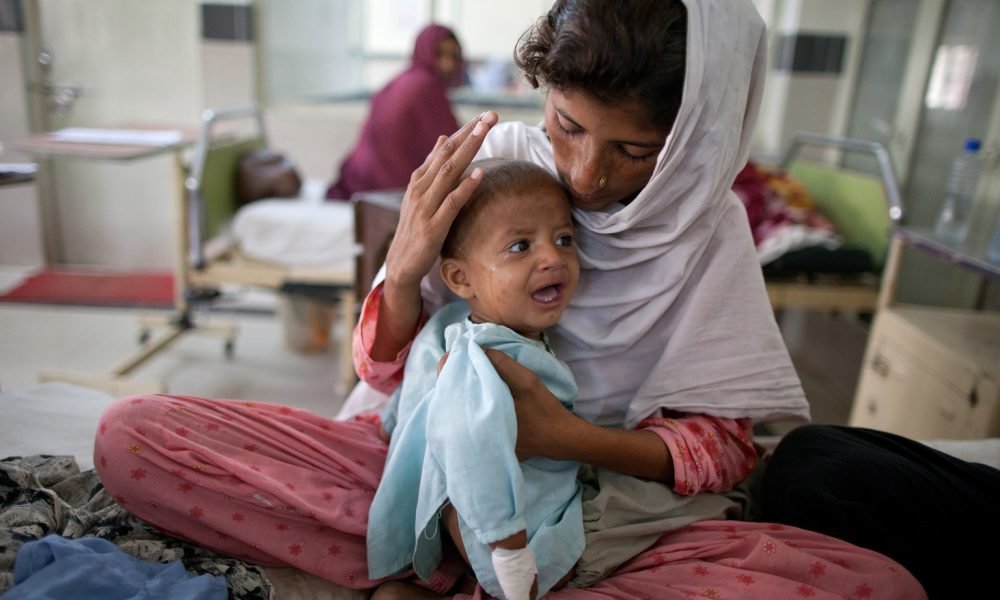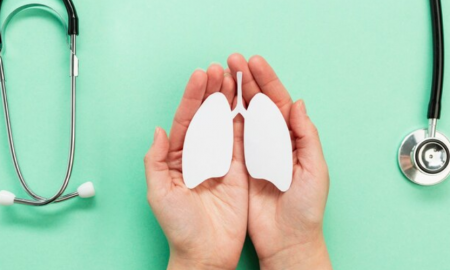
The Top Causes of Child Mortality

The leading causes of death among children in the world are diarrhea and pneumonia. They are minor illnesses in countries with high income. These diseases have very different symptoms and causes, but they have the same risk factors that include a deficiency in zinc, under-nutrition, and sub-optimal breastfeeding.
According to the World Health Organization (WHO), every year, there are 9.2 million children who die before the age of five due to the diseases that could have been prevented and treated with simple medical interventions. The majority of these deaths occur in South Asia and Sub-Saharan Africa. Here, the child mortality rate is 175 for every 1000 kids.
Most diseases that kill children under five years old are caused by lack of access to medical facilities, contaminated water, low levels of information and education, and improper sanitation and hygiene.
 Pneumonia
Pneumonia
 Pneumonia kills over 900,000 children under the age of 5 and contributes 15% of the child mortality rate. It occurs when the air sacs in the lungs and the alveoli are filled with fluid and pus. This causes breathing difficulties, resulting in oxygen deficiency. People who are malnourished have weak immune system and are at a great risk of dying from pneumonia. It can also likely affect those who have pre-existing illnesses such as HIV.
Pneumonia kills over 900,000 children under the age of 5 and contributes 15% of the child mortality rate. It occurs when the air sacs in the lungs and the alveoli are filled with fluid and pus. This causes breathing difficulties, resulting in oxygen deficiency. People who are malnourished have weak immune system and are at a great risk of dying from pneumonia. It can also likely affect those who have pre-existing illnesses such as HIV.
Furthermore, those who live in an area where indoor air pollution is high due to cooking biomass fuels, people who live with smokers, and those who live in crowded homes are also at a high risk. Pneumonia can be treated with antibiotics. However, only 1/3 of the children that suffer from this disease get the antibiotics necessary to treat them.
 Diarrhea
Diarrhea
This disease is caused by drinking dirty water, personal contact with an infected person, poor hygiene, and consuming contaminated food. It kills 760,000 children under the age of five annually. Children that are malnourished are more likely to suffer from this. Diarrhea leads to malnourishment, and those who have had the disease may have it again. It leads to severe dehydration, resulting in death. Diarrhea can be treated with rehydration zinc supplements. To prevent diarrhea, it would be a good idea to decrease the levels of malnutrition, thus make children less likely to be infected with the disease.
 Malaria
Malaria

Malaria is caused by parasites. It kills a child every minute in Africa. The parasites that cause it are transmitted to people through mosquito bites. The symptoms of the disease include fever, chills, and vomiting. These progress to a severe illness, leading to death if not treated within the next 24 hours. Malaria can be prevented by using mosquito nets. Since the year 2000, malaria-related cases of mortality in Africa have fallen by 54 percent.
Other causes of child mortality are complications related to pre-term birth, infections, and birth asphyxia or suffocation. One way to decrease deaths in children is to decrease maternal death. This can be possible with the increased access to medical facilities and regular prenatal visits. Child mortality rates are on the decline due to the efforts dedicated to making facilities better. Nonetheless, there is still a lot of work to be done.
Other causes of death by age group include developmental and genetic conditions from the birth of the child and premature birth, which causes complication to the health of the baby. Premature birth often results from the lack of prenatal check-up. When a pregnant mother is unable to receive prenatal care, there is the risk of not knowing the wellness of the fetus in the womb.
Complications may arise when the baby is being born. Most of these complications are diagnosed due to the signs and symptoms being assessed at birth. While some birth anomalies cannot be prevented, other problems may be diagnosed, prevented or treated during pregnancy or even after birth.
Prenatal TESTS
Some tests can be done before or during the pregnancy. These include Amniocentesis, Chorionic villus sampling, Genetic screening for parents, Fetal ultrasound, and Medical histories and childbirth history of the parents.
More in Motivation
-
`
Amanda Bynes Pregnant at 13? Debunking the Rumors
In recent years, the internet has been ablaze with rumors surrounding former child star Amanda Bynes, particularly regarding allegations of a...
July 1, 2024 -
`
Can Baking Soda Clean Your Lungs?
Years of inhaling cigarette smoke, pollution, and other toxins can leave you longing for a way to cleanse your lungs. The...
June 27, 2024 -
`
How to Build Muscle Mass After 60? 5 Proven Strategies
Curious about how to build muscle mass after 60? You are not alone. And the good news is that it is...
June 20, 2024 -
`
Prediabetic Foods That Can Lower Your Blood Sugar in 2024
Prediabetes is a health condition characterized by blood sugar levels that are higher than normal but not high enough to be...
June 13, 2024 -
`
Kelly Clarkson’s Weight Loss Journey | Here Are the Details
Kelly Clarkson’s weight loss has been a hot topic among fans and media alike. The iconic American singer and host of...
June 3, 2024 -
`
Essential Vitamins for Gut Health – A Comprehensive Guide
Our gut does more than just digest food – it plays a vital role in immunity, mood, and overall health. But...
May 30, 2024 -
`
Looking to Build A Stronger Sculpted Back? Try Cable Back Workouts
Back workouts using cables, or cable back workouts as they are commonly known, have become the gold standard for anyone aiming...
May 22, 2024 -
`
How Much Water Should I Drink on Creatine? Hydration Tips
Creatine, a popular supplement among athletes and fitness enthusiasts, has gained widespread recognition for its ability to enhance muscle strength, power,...
May 17, 2024 -
`
What Is Bruce Willis’s Net Worth? Get the Inside Scoop Here!
Bruce Willis, the action hero who has saved the day countless times on screen, has built a legendary career. But how...
May 11, 2024















You must be logged in to post a comment Login